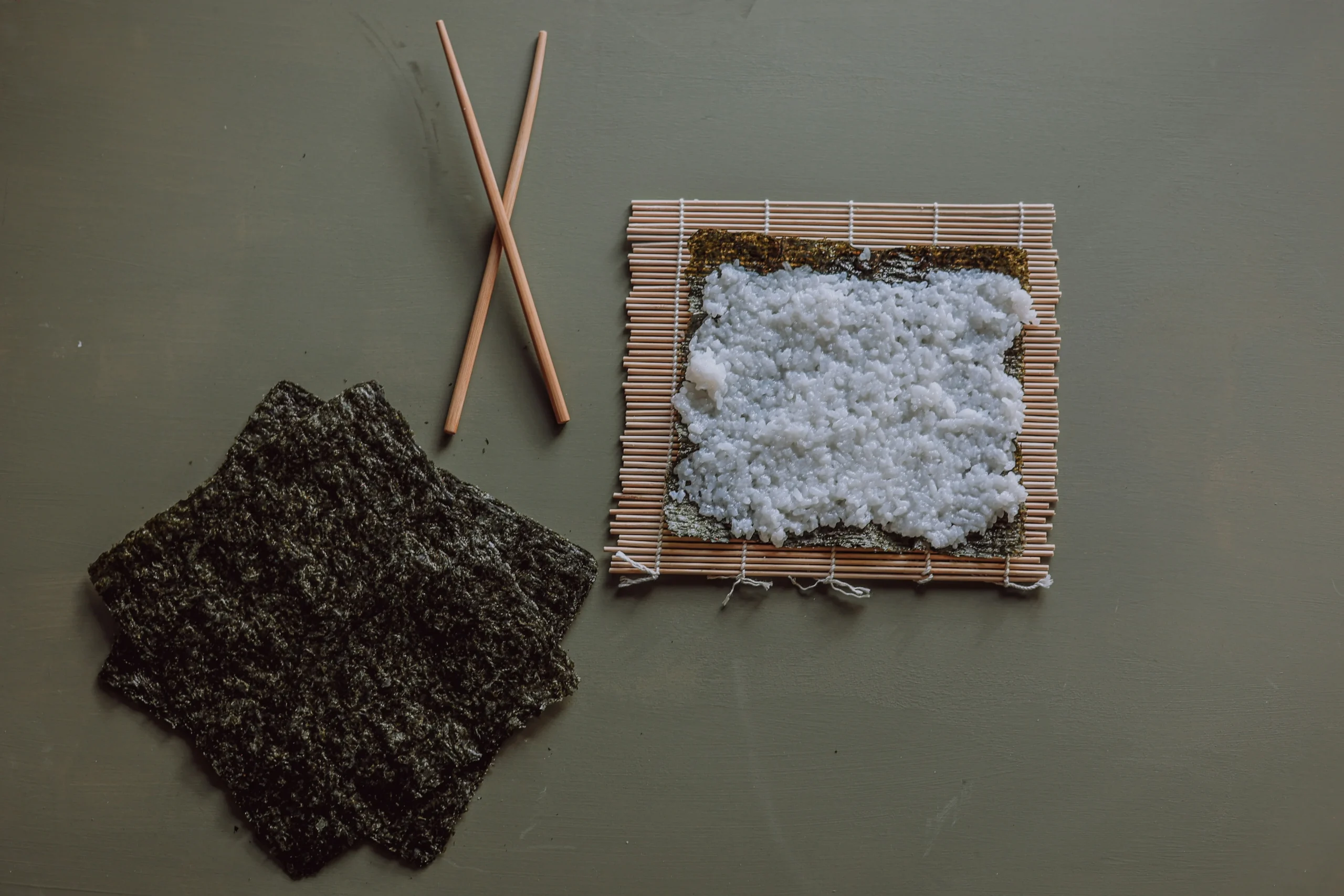How to Make Charcoal from Sawdust and Using a Palm Kernel Shell Charcoal Machine
Charcoal is a widely used fuel source, valued for its high energy content, low smoke emission, and versatility in both domestic and industrial applications. With the growing demand for sustainable energy, innovative methods for producing charcoal from biomass have gained attention. Among the most effective techniques are producing charcoal from sawdust and using a palm kernel shell charcoal machine for palm kernel shells. In this article, we explore how these methods work, their benefits, and the equipment required.
Understanding Charcoal Production from Sawdust
Sawdust, a byproduct of wood processing, is an abundant and renewable resource. Converting sawdust into charcoal not only provides a valuable energy source but also helps manage wood waste efficiently. Learning how to make charcoal from sawdust involves several essential steps, including drying, briquetting, and carbonization.
Step 1: Preparing Sawdust
The first step in making charcoal from sawdust is to prepare the raw material. Sawdust should be finely ground, ideally with particles smaller than 5mm. Fine particles ensure uniform briquetting and efficient carbonization. Any foreign materials, such as stones or metal, should be removed to avoid damaging machinery or affecting the final charcoal quality.
Step 2: Drying the Sawdust
Moisture content is a critical factor in charcoal production. Sawdust typically contains 20-50% moisture, which must be reduced to below 12% before processing. Proper drying enhances the briquetting process and ensures that carbonization is more efficient. This can be done through natural air drying under sunlight or using mechanical dryers for large-scale production.
Step 3: Briquetting Sawdust
Once dried, sawdust is compressed into briquettes using a briquette machine. This process binds the fine particles together, forming solid units that are suitable for carbonization. Briquettes are advantageous because they provide uniform shape and density, making them easier to handle, store, and burn.
Step 4: Carbonizing Sawdust Briquettes
Carbonization is the final stage in converting sawdust briquettes into charcoal. The briquettes are placed in a carbonization furnace or kiln and heated to high temperatures ranging from 500°C to 800°C in an oxygen-limited environment. This process drives off volatile substances and leaves behind pure carbon-rich charcoal. Proper control of temperature and duration is essential to achieve high-quality charcoal that burns efficiently and consistently.
By following these steps, individuals and businesses can transform sawdust—a previously discarded byproduct—into valuable charcoal. This not only reduces waste but also promotes sustainable energy practices.
Palm Kernel Shell Charcoal: Using a Palm Kernel Shell Charcoal Machine
Palm kernel shells are another excellent biomass material for charcoal production. These shells are a byproduct of the palm oil industry and are abundant in countries with palm plantations. Using a palm kernel shell charcoal machine, these shells can be efficiently converted into high-quality charcoal suitable for both domestic and industrial use.
Step 1: Preparing Palm Kernel Shells
The process begins with collecting and cleaning the palm kernel shells. Removing impurities such as stones and fibers is necessary to ensure smooth operation of the machinery. In some cases, larger shells are crushed into smaller pieces to facilitate uniform carbonization.
Step 2: Drying the Shells
Moisture content in palm kernel shells should be reduced to about 10-15% before carbonization. Drying can be done naturally or using mechanical dryers. Proper drying is crucial as it ensures the carbonization process is efficient, producing high-quality charcoal with excellent calorific value.
Step 3: Carbonization Using a Palm Kernel Shell Charcoal Machine
The dried palm kernel shells are then fed into a palm kernel shell charcoal machine, which is specifically designed to convert biomass into charcoal. The machine applies heat in a controlled, oxygen-limited environment, ensuring that the shells are transformed into high-carbon charcoal. The advantage of using a specialized machine is that it increases production efficiency, maintains consistency in product quality, and reduces manual labor.
Step 4: Cooling and Packaging
After carbonization, the charcoal must be allowed to cool in a controlled environment to prevent combustion when exposed to air. Once cooled, the charcoal can be packaged for sale or storage. Proper packaging ensures that the charcoal remains dry and retains its energy content for extended periods.
Advantages of Producing Charcoal from Sawdust and Palm Kernel Shells
- Sustainability: Both sawdust and palm kernel shells are renewable resources that would otherwise go to waste. Converting them into charcoal promotes circular economy practices.
- High Energy Value: Charcoal produced from these materials is rich in carbon and has high calorific content, making it an efficient fuel source.
- Environmentally Friendly: Using biomass for charcoal reduces reliance on traditional wood, helping to preserve forests and reduce deforestation.
- Economic Benefits: Both methods provide an additional source of income for businesses and individuals who process sawdust or palm kernel shells. Investing in equipment like briquette machines or a palm kernel shell charcoal machine can lead to profitable ventures in the energy sector.
Choosing the Right Equipment
The success of charcoal production depends heavily on the quality of equipment used. For making charcoal from sawdust, a briquette machine and a carbonization furnace are essential. Meanwhile, a palm kernel shell charcoal machine is ideal for processing palm kernel shells efficiently. Selecting reliable and efficient machinery ensures higher production rates, better product quality, and lower maintenance costs.
For businesses looking to enter the charcoal production industry, investing in modern machines not only improves output but also ensures consistent and high-quality charcoal suitable for both domestic and commercial markets.
Conclusion
Learning how to make charcoal from sawdust and utilizing a palm kernel shell charcoal machine for palm shells are excellent ways to convert biomass waste into a valuable energy source. Both methods are environmentally friendly, economically viable, and sustainable. With the right equipment and proper techniques, producers can create high-quality charcoal that meets growing market demand while contributing to energy conservation and waste reduction.
Whether you are an entrepreneur looking to enter the biomass energy market or a hobbyist exploring sustainable energy solutions, these methods provide practical and effective options for producing charcoal from renewable materials.

Deepak Sharma
Namaste! I’m Deepak Sharma, the creative mind behind SocialFunda, your go-to hub for Facebook bios, captivating captions, Instagram bios, and a treasure trove of Hindi Shayari. As a digital enthusiast, I am passionate about curating content that adds a touch of flair to your online presence.







